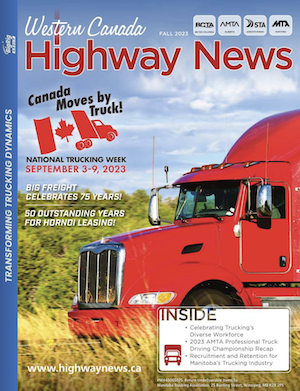The best and worst major cities for business investment are identified in a new report from the C.D. Howe Institute.
In Business Tax Burdens in Canada’s Major Cities: The 2018 Report Card, authors Adam Found and Peter Tomlinson compare business tax burdens in 10 Canadian cities, the largest in each province.
When deciding where and how much to invest, businesses consider the tax burdens jurisdictions impose on investment. As heavy tax burdens erode returns to investment, they tend to divert investment to other jurisdictions. For governments, a competitive business tax regime is therefore a key factor in the retention of existing businesses and attraction of new investment.
The report quantifies the 2018 tax burden on business investment for the largest city in each province, focusing on corporate income taxes, retail sales taxes, land transfer taxes and business property taxes. Combined, these taxes determine the overall tax burden on new business investment, called the marginal effective tax rate (METR).
The report is particularly useful because it incorporates often-overlooked business property taxes into the METR. “We find business property taxes account for about half the total METR on corporate investment, a share much too large for Canadian governments and other analysts to continue overlooking,” says Adam Found.
The authors found Halifax, Charlottetown, Moncton, Montreal, and Winnipeg had the highest overall tax burdens on new investment in 2018. On the more competitive side are St. John’s, Toronto, Saskatoon, Calgary, and Vancouver. Much of the variation in competitiveness is attributable to provincial and municipal business property taxes.
Despite years of provincial and federal efforts to reduce the tax-related cost of business investment, a significant gap persists in prevailing estimates of the METR, namely the omission of business property taxes. As these taxes account for about half the total tax burden on business investment, their omission significantly distorts the picture of business tax competitiveness within and across jurisdictions. “When business property taxes are included in METR estimates,” says Found, “the rate of return an investment needs to be economically viable is much higher.”


 1-866-985-9791
1-866-985-9791


